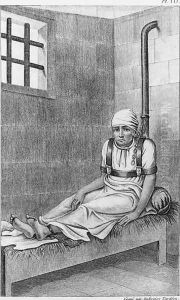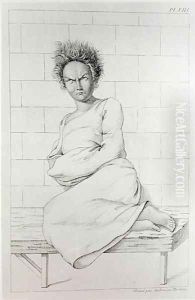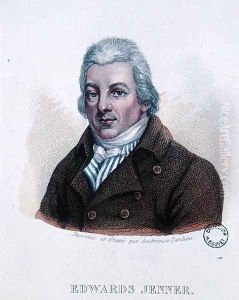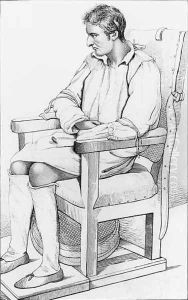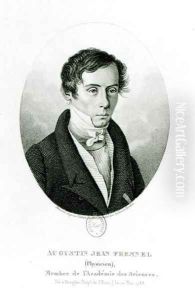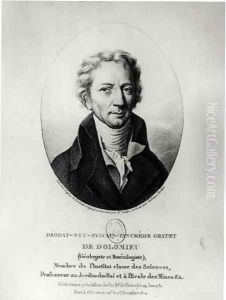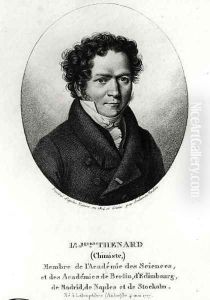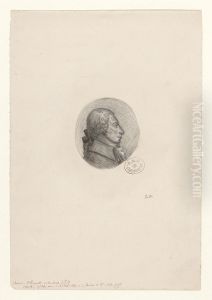Ambroise Tardieu Paintings
Ambroise Tardieu was a notable French engraver and cartographer, born in 1788 in Paris, France. He was part of a family with a strong artistic heritage, as his uncle, Pierre Alexandre Tardieu, was also an engraver, and it is within this family context that Ambroise learned his craft. Tardieu is especially recognized for his topographic maps and historical, geographical, and genealogical works, which were highly regarded during his time.
Tardieu’s contributions to the arts were not confined to engraving and cartography. He also produced portraits and illustrated books. His work was characterized by its precision and clear lines, which made his maps both useful for navigation and aesthetically pleasing. He was adept at capturing the fine details in his subjects, a skill that made his portraits sought after by the elite of his era.
Throughout his career, Tardieu produced a significant number of engravings, including a series of maps for an atlas to accompany various historical and geographic texts. His engravings also featured in works detailing the voyages of explorers, enhancing the readers' experience with visual representations of the newly charted territories. Tardieu's maps are considered valuable records of geographic knowledge from the early 19th century and are still studied by historians and cartographers today.
Ambroise Tardieu died in 1841, leaving behind a rich legacy of works that continue to be appreciated for their historical value and craftsmanship. His engravings and maps are held in collections around the world and serve as a testament to his skill and the importance of engraving in the dissemination of knowledge during the 19th century.
